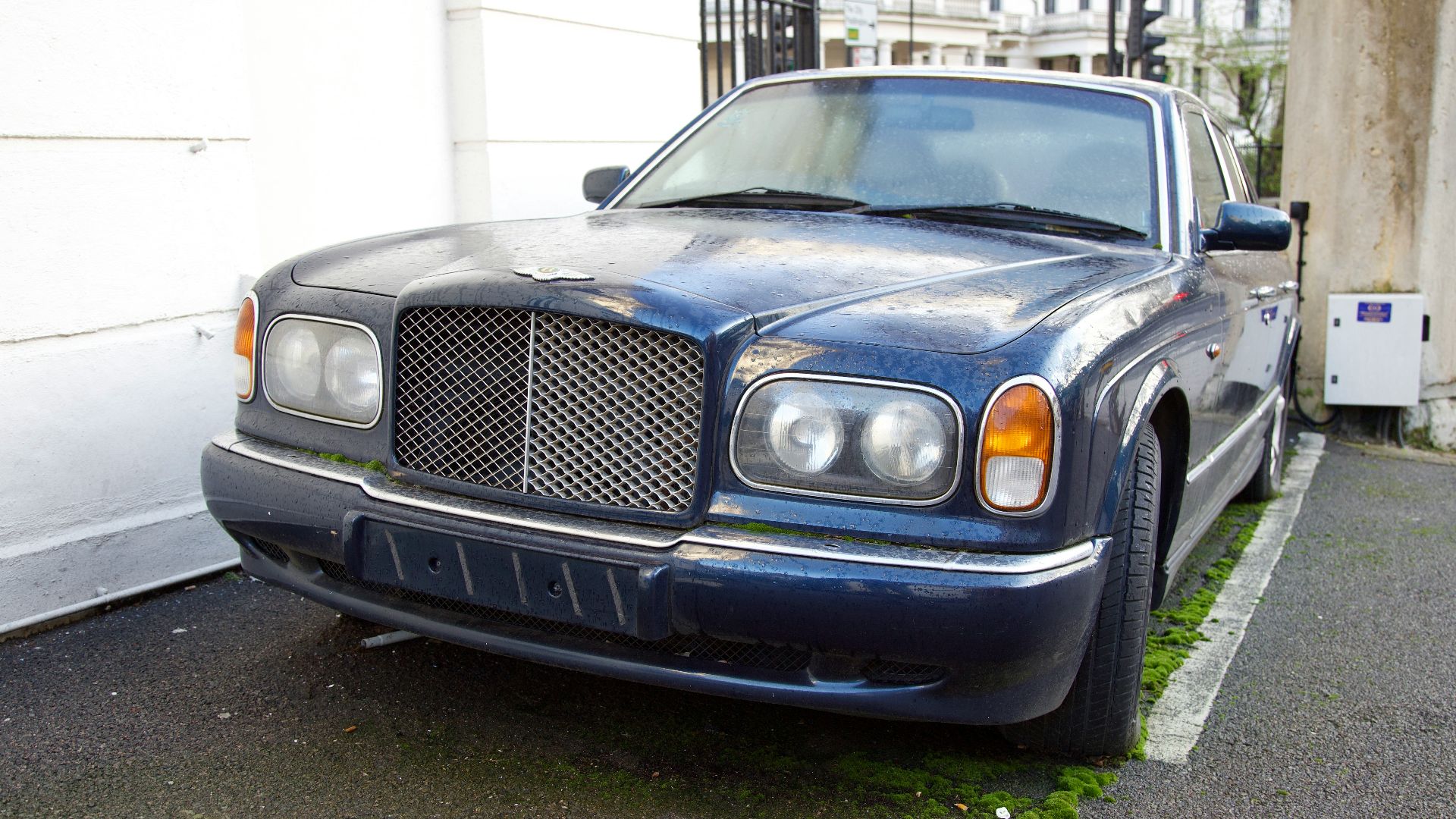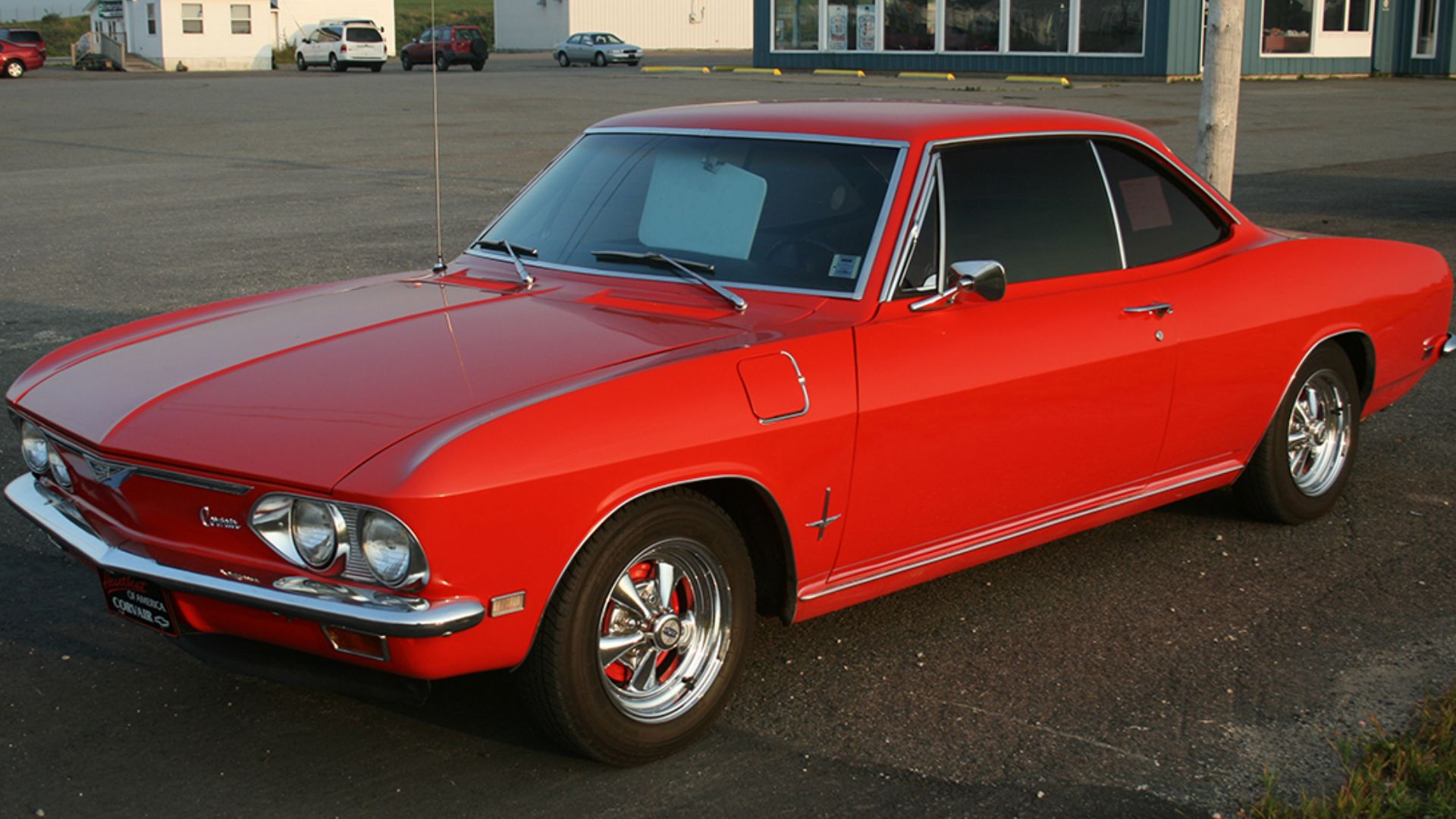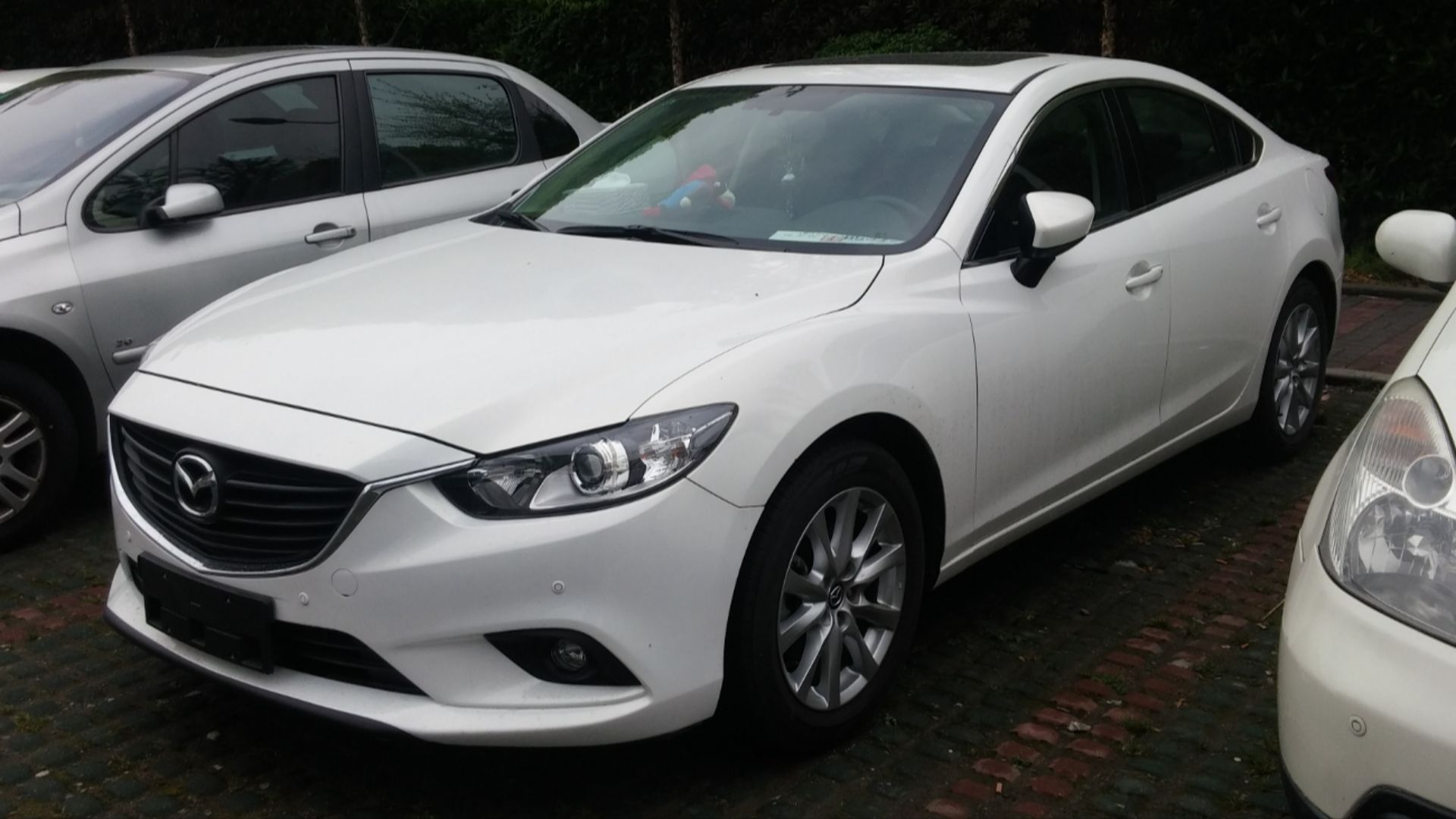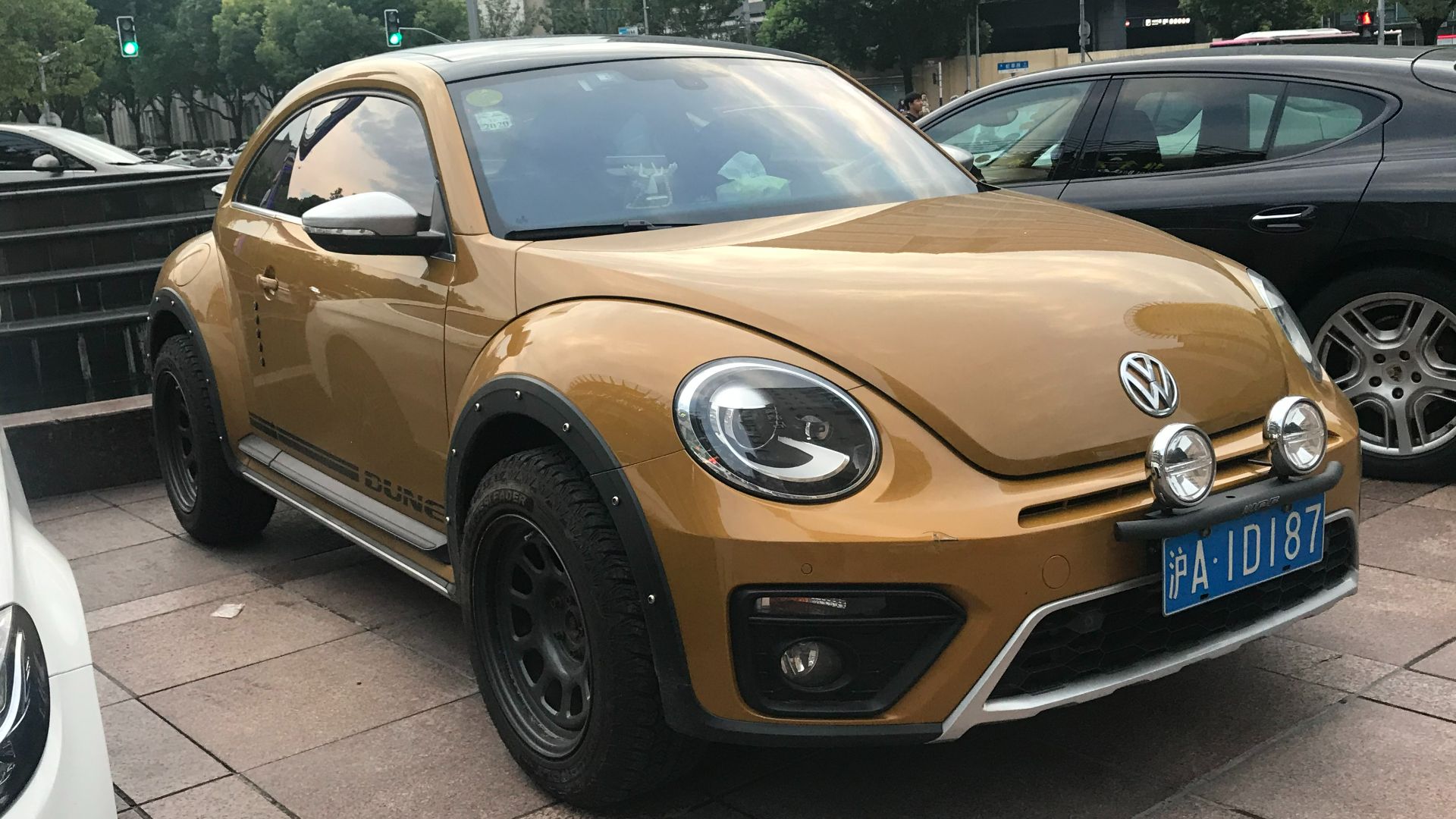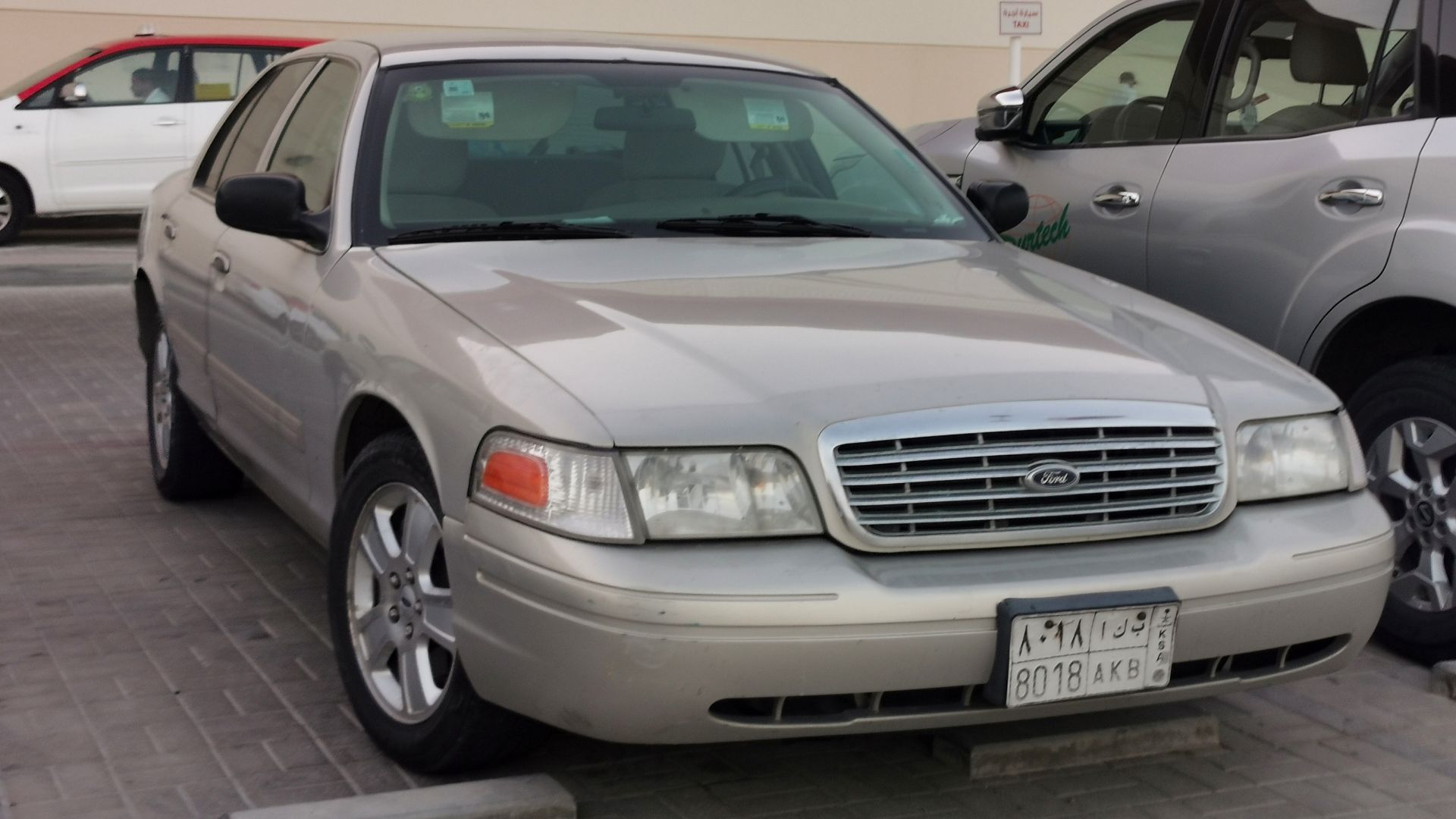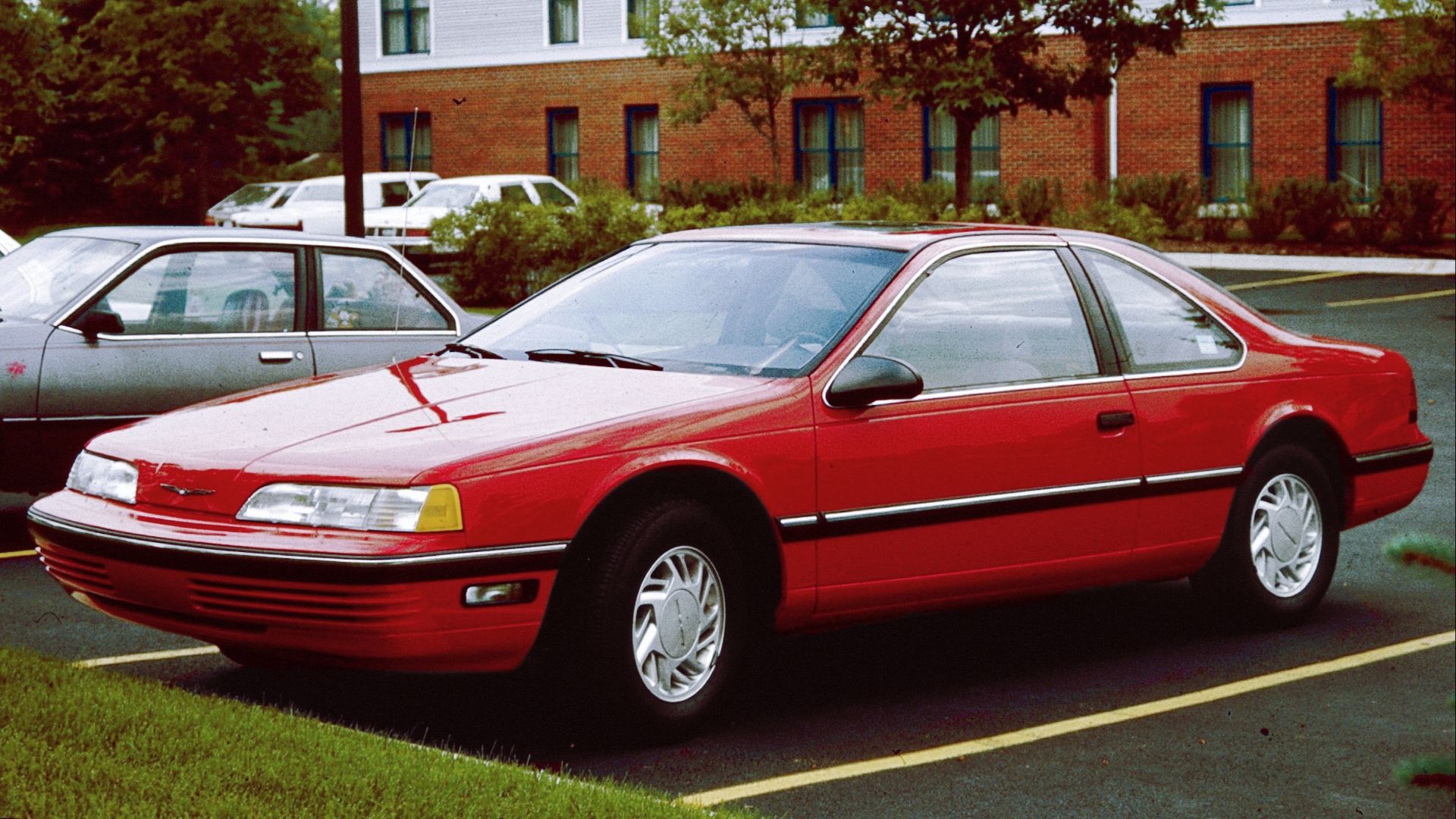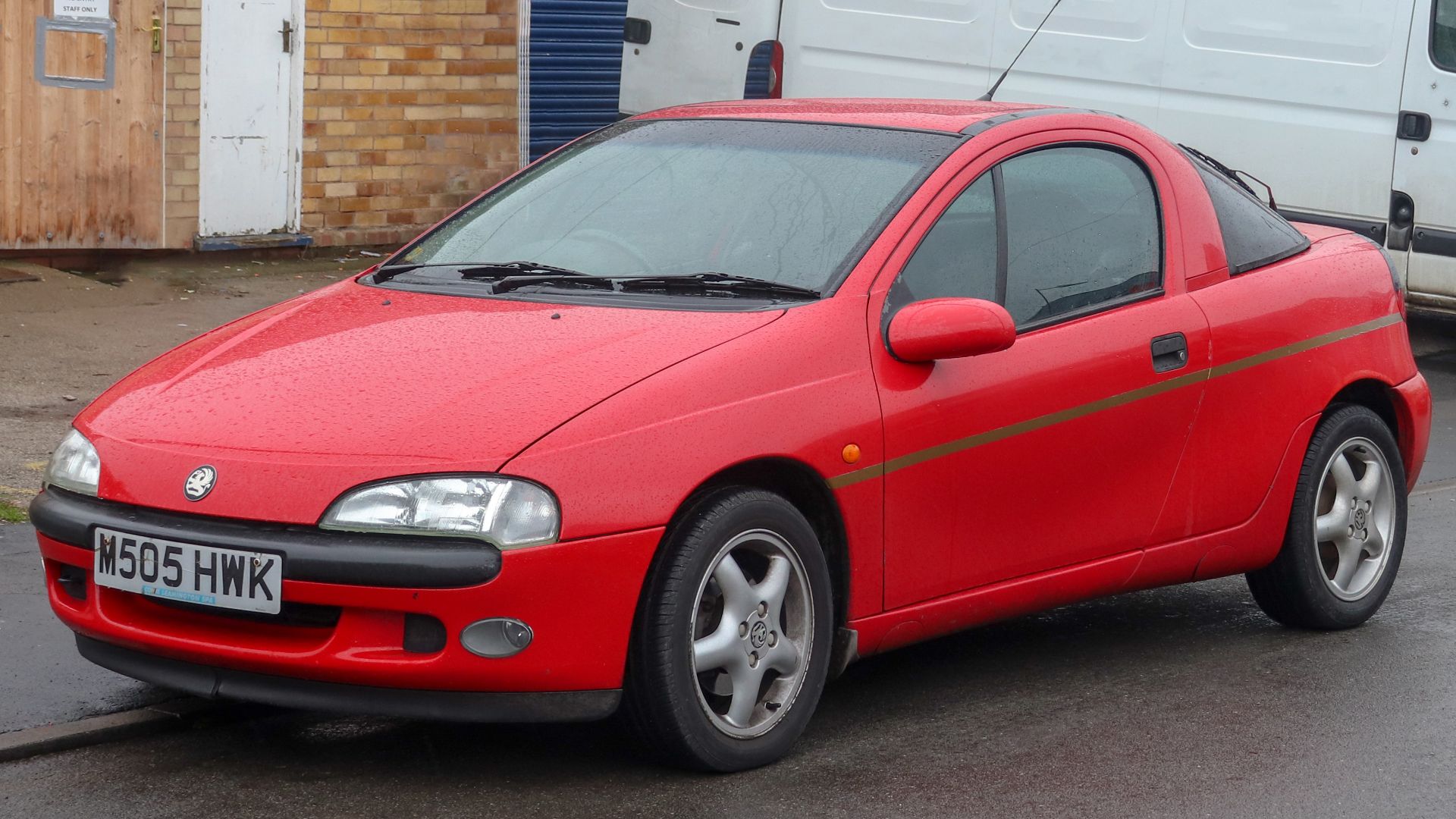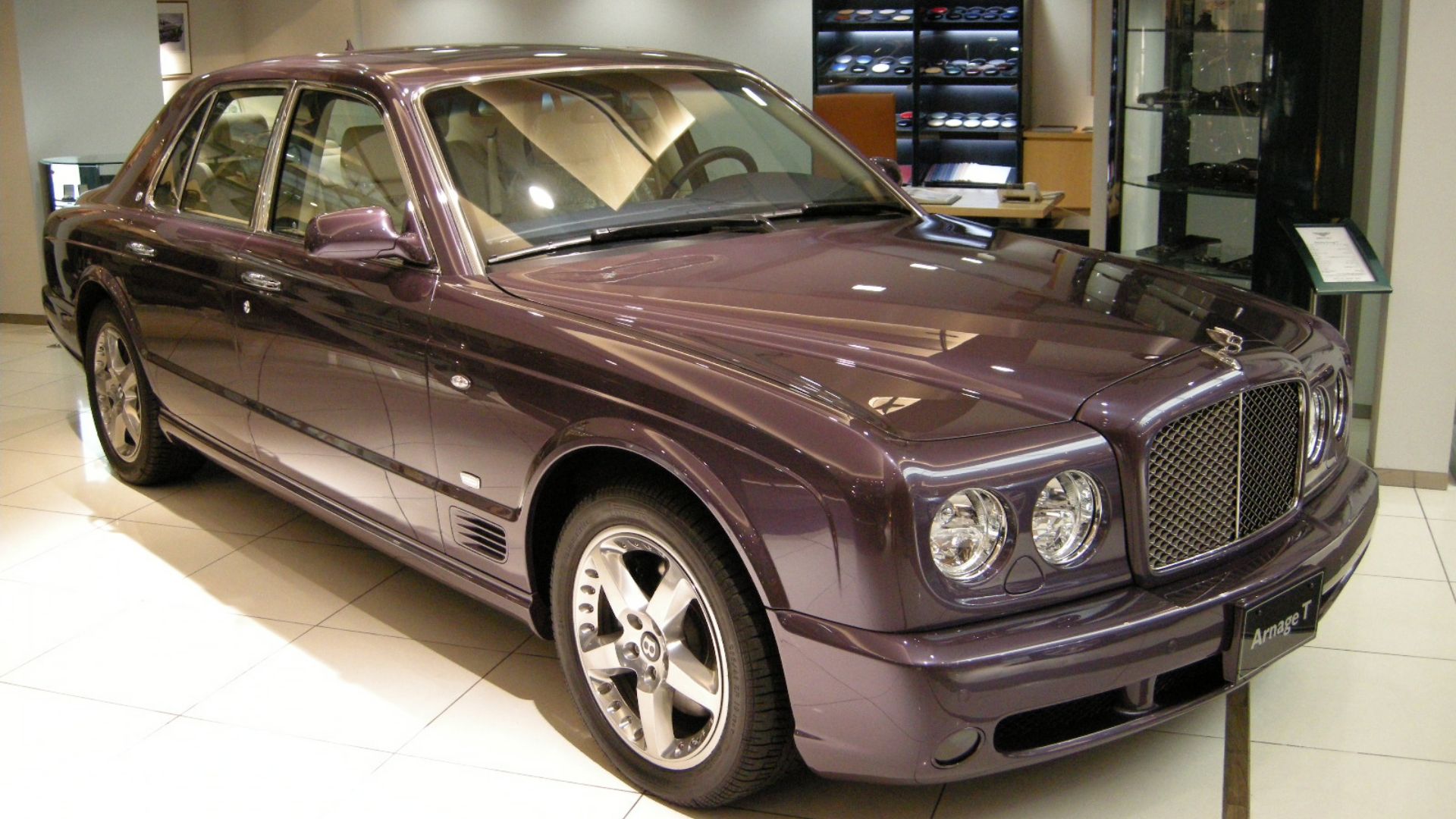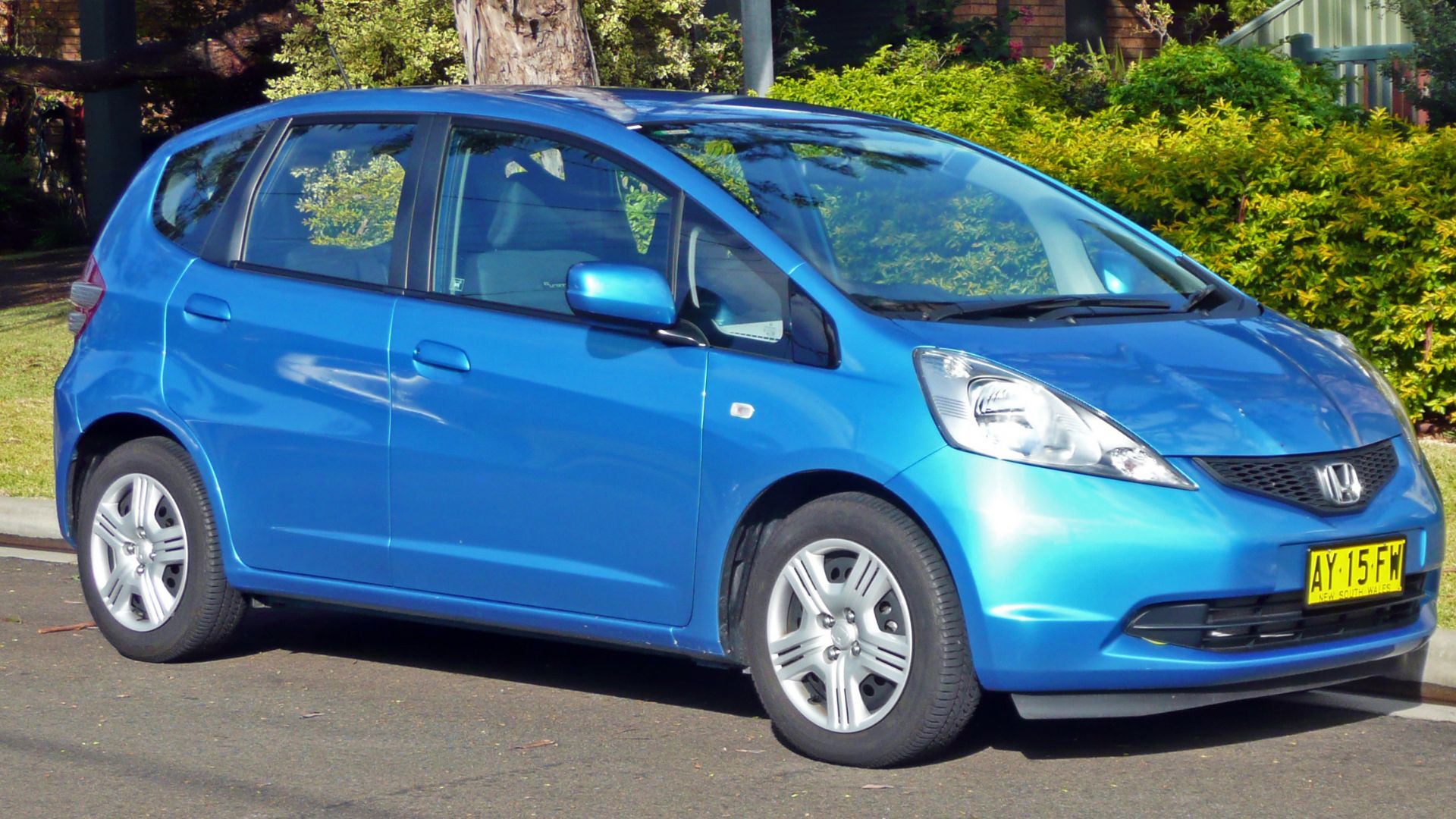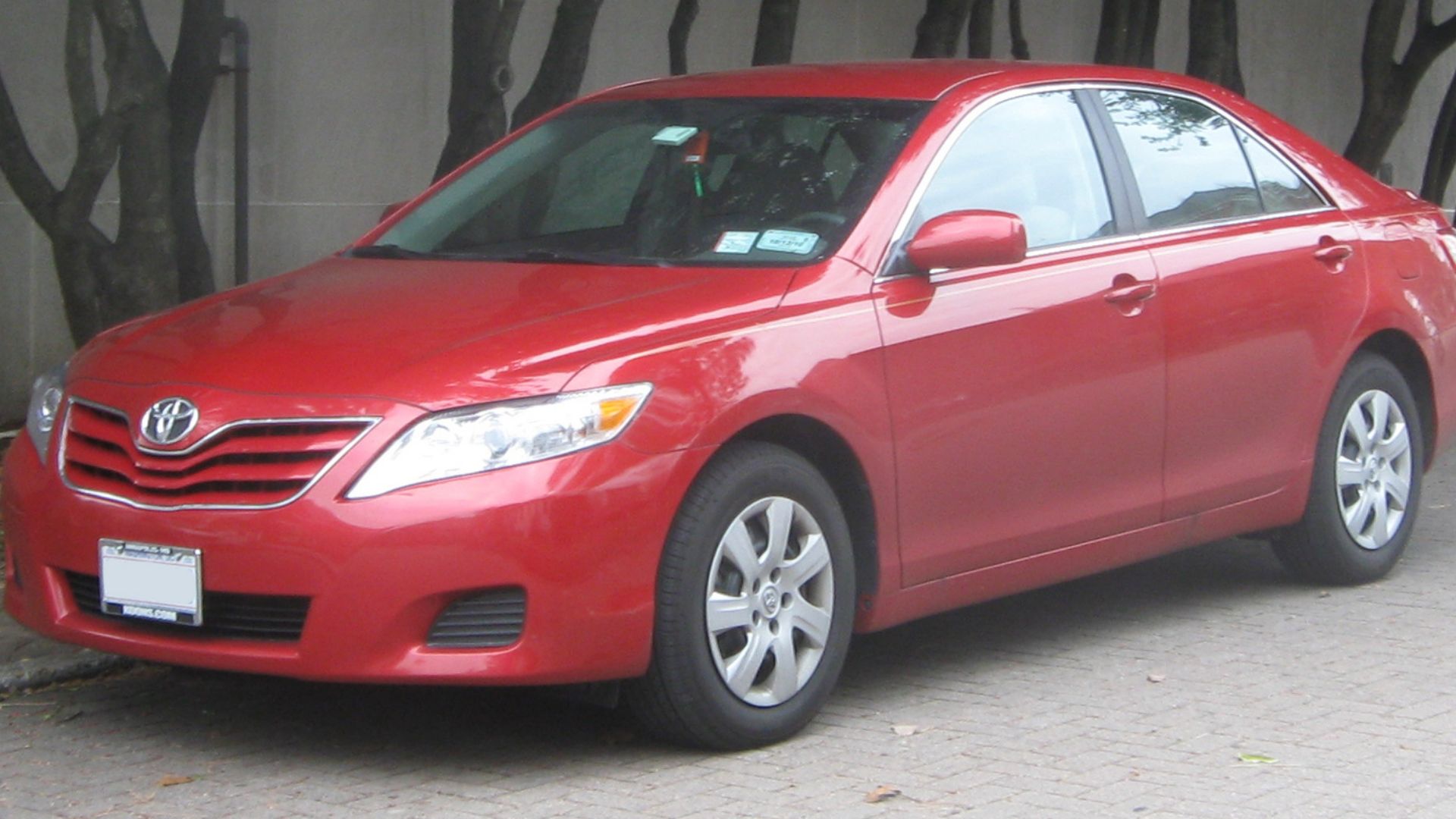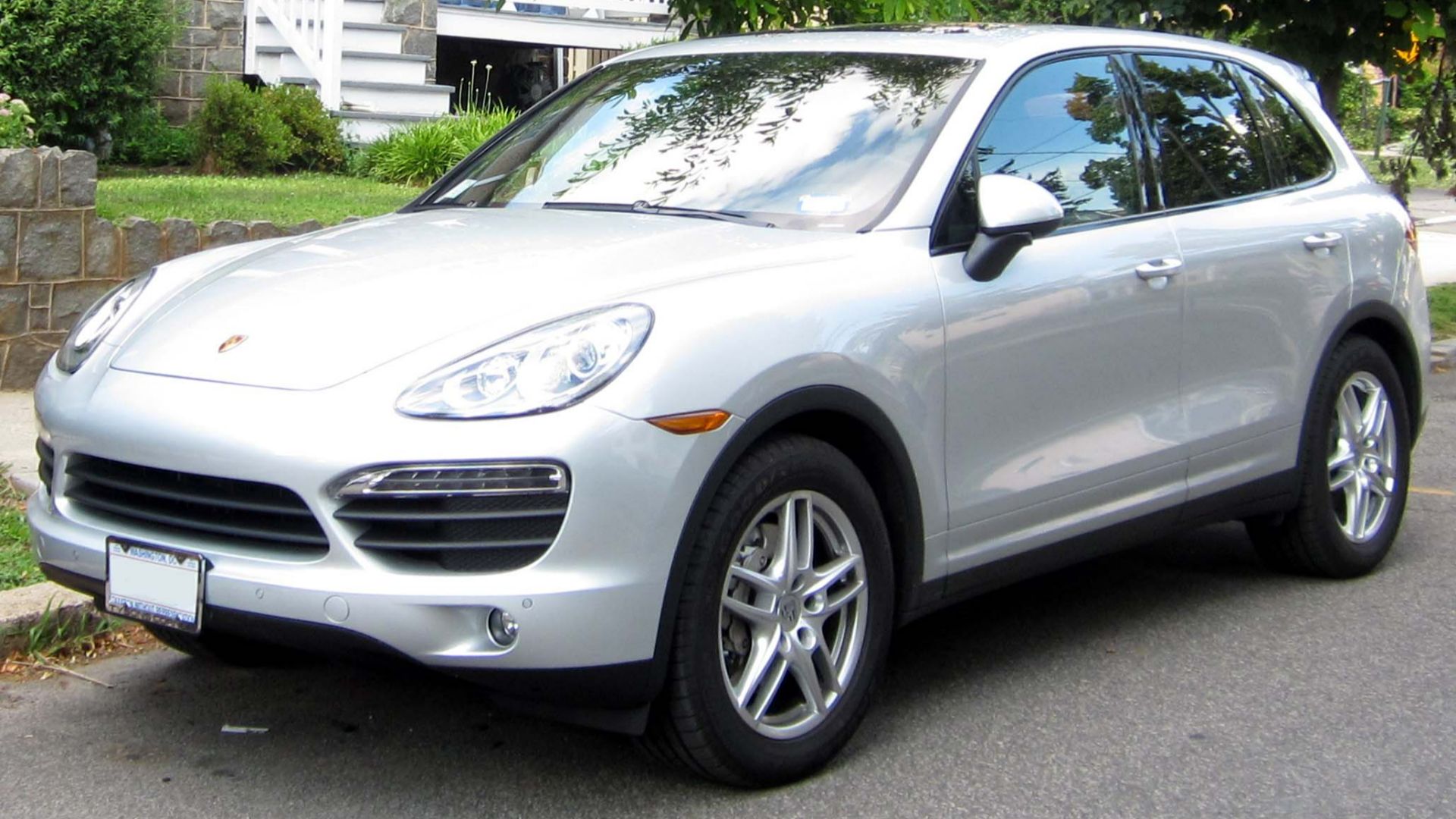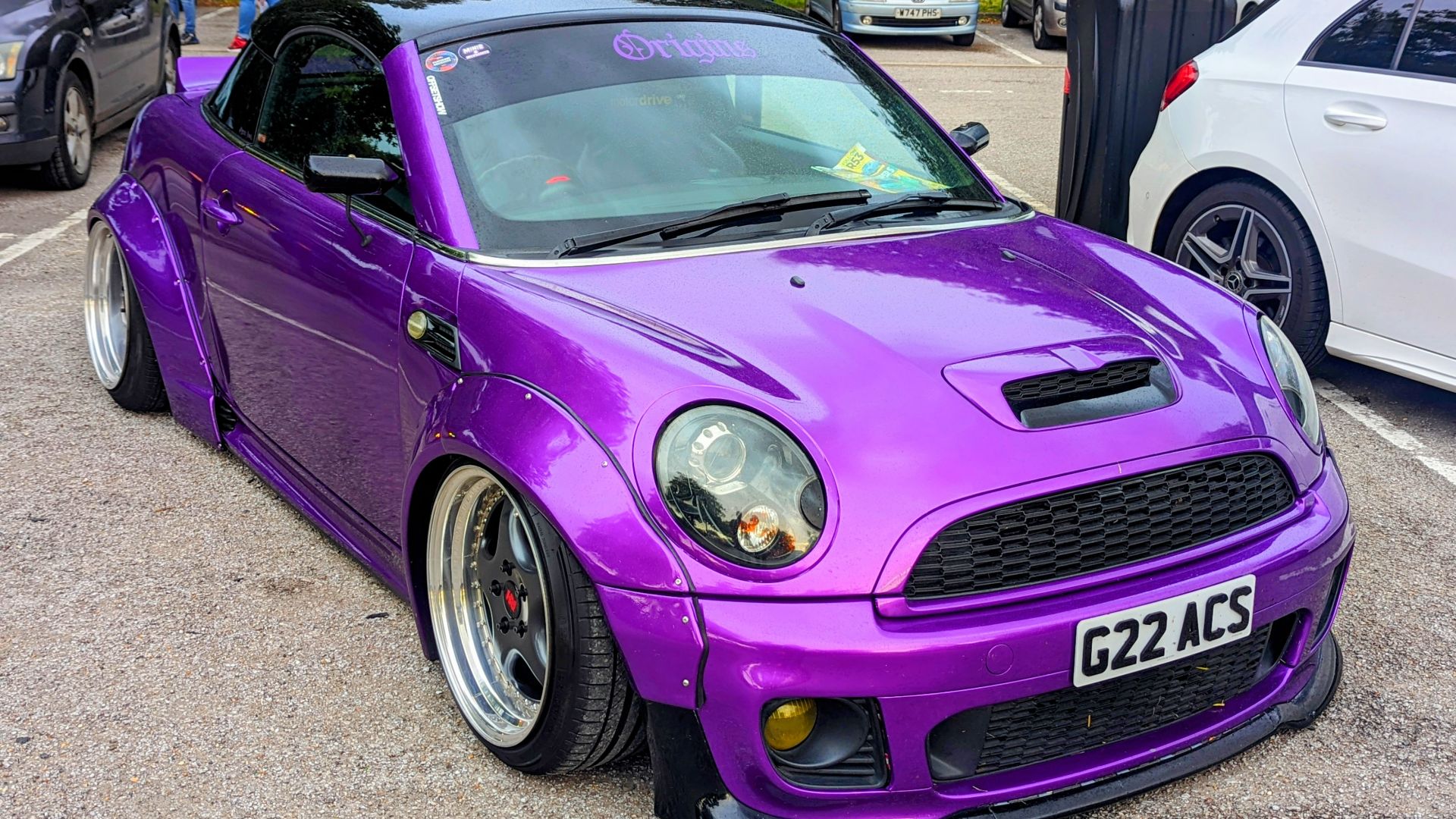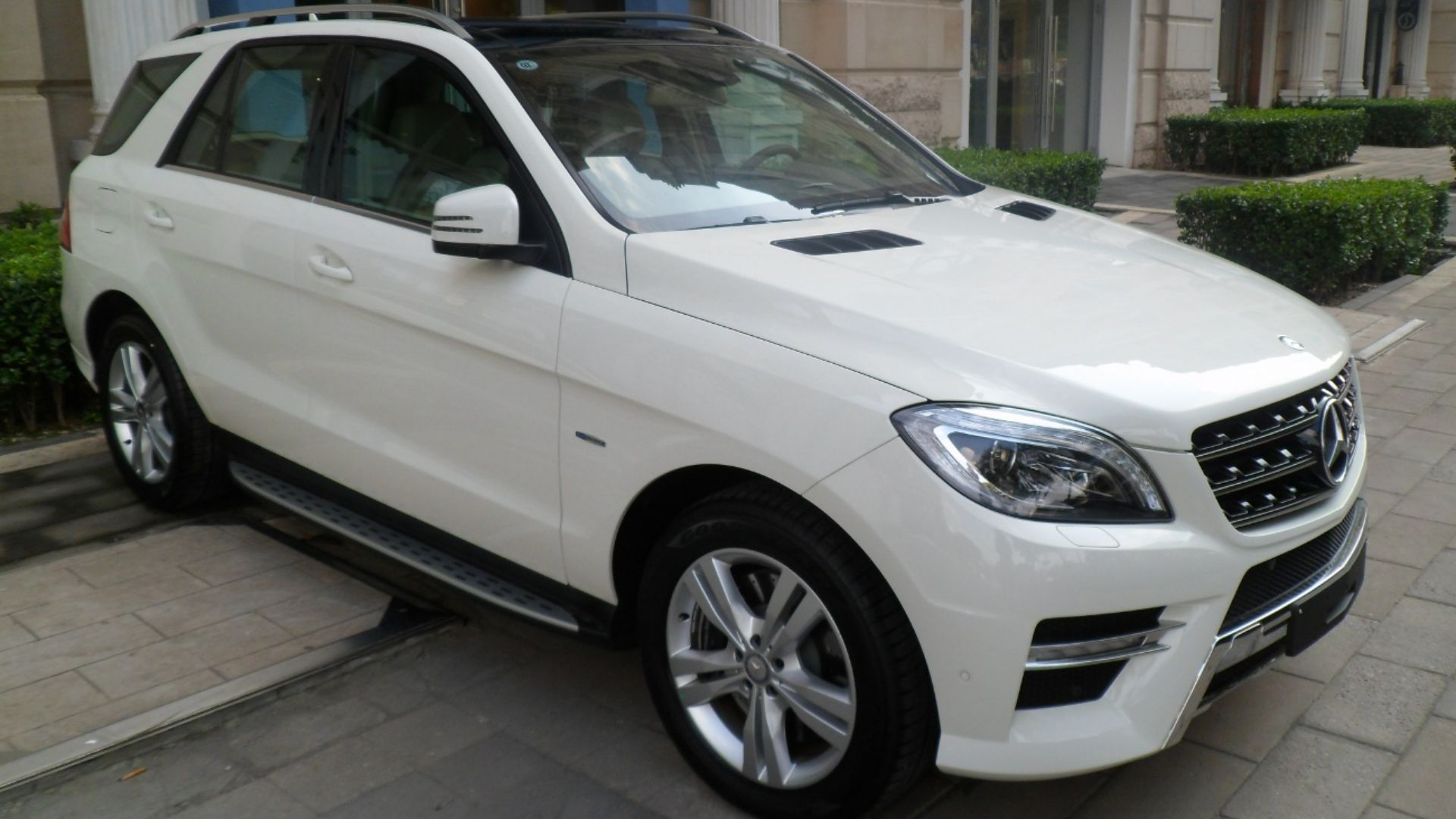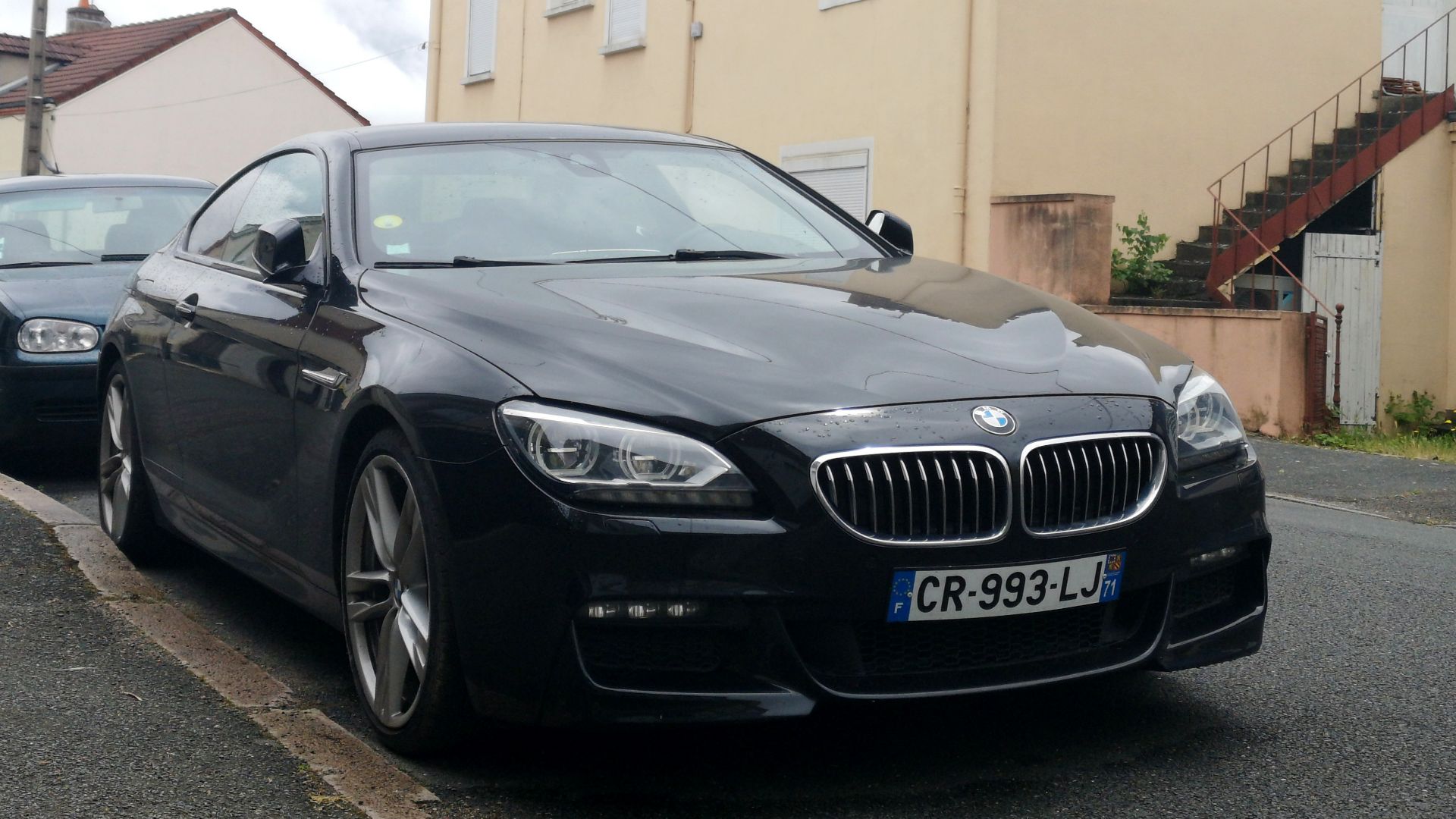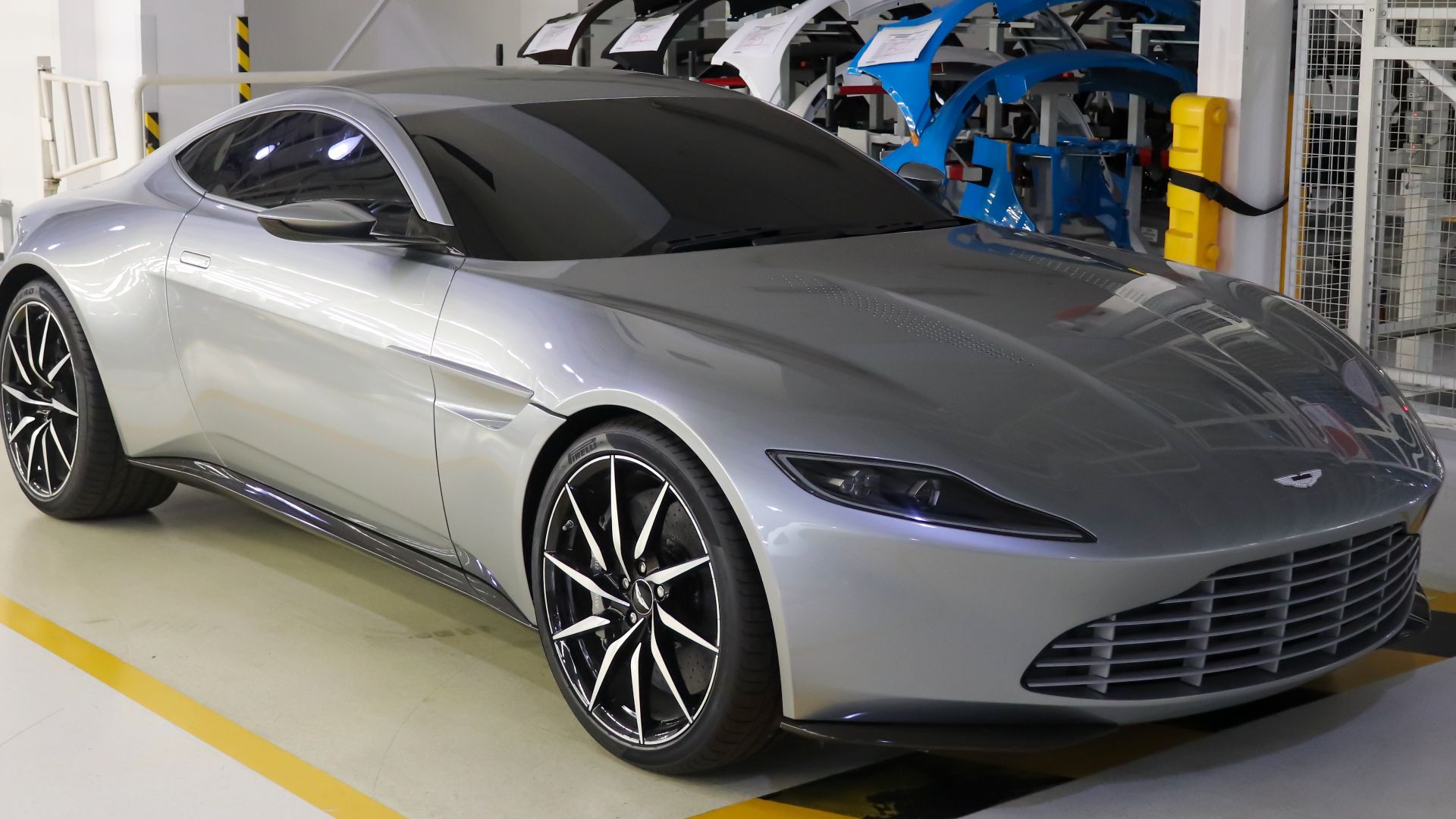Looking Into Mechanical Mayhem
Even when it comes to the most expensive rides, safety isn't always guaranteed. Behind every dashboard could be a pack of engineering blunders just waiting to eventually wreak havoc on unsuspecting drivers. These 20 recalls expose the fragile line between innovative design and complete mechanical disaster, showing us how a single mistake can derail the entire brand's legacy. Let's dive into some of the most notorious car recalls in history!
1. Chevrolet Corvair: Dangerous Rollover Issues In The 1960s
Ralph Nader's "Unsafe at Any Speed" shattered the auto industry's complacency about safety. The Corvair's rear-engine layout and swing-axle suspension created a storm of engineering flaws that made the car prone to deadly rollovers during routine maneuvers. Additionally, the automatic transmission “PRNDL” quadrant would automatically shift itself.
2. Mazda 6: Spider Web Problems In Engine In 2014
When nature meets automotive engineering, things can get weird. Mazda 6 owners found an unusual problem: yellow sac spiders forming intricate webs in their vehicle's fuel system. A blockage from the webs could result in a buildup of pressure and could shatter the gasoline tank, raising the possibility of a fire.
3. Volkswagen Beetle: Wipers Became Loose In 1972
Missing spring clips don't usually make headlines, but for Volkswagen, this tiny oversight led to a huge recall. As wiper arms began failing across their Beetle fleet, the company faced uncomfortable questions about how such a basic mistake had passed quality control. The solution was embarrassingly simple—a small metal clip that cost mere cents to install.
4. Porsche 911 GT3: Engine Caught Fire In 2014
Porsche's 911 GT3 experienced an engine fire issue that sent shockwaves through the automotive world. The fires were attributed to a loose fastener on the connecting rod. This loosened connecting rod could damage the crankcase and allow the oil to leak. Porsche offered to take the vehicles to a dealership immediately.
5. Ford Cruise: Control Switches Caught Fire In the 1990s
During the 1990s, Ford vehicles developed a reputation for cruise control switches that could essentially become miniature arsonists. Forensic investigations pinpointed electrical short-circuit vulnerabilities in switch designs that generated excessive heat. These switches would overheat and ignite vehicle interiors, causing substantial fire damage.
6. Ford: Ignition Switches Started Fires In 1996
Fire seemed to be Ford's unwelcome companion in the mid-90s. The 1996 ignition switch fiasco revealed a terrifying electrical design vulnerability that could transform a simple key turn into an inferno. Metallurgical analyses showed that switch contacts would degrade, creating high-resistance points that generated extreme heat.
7. Ford Pinto: Fuel Tanks Caught Fire In Crashes In 1978
The Pinto's fuel tank disaster was a tragic example of profit over safety. Located behind the rear axle with minimal protection, the tank was vulnerable to rupture in rear-end collisions. Ford's engineers knew this, but executives calculated paying crash victim settlements would be cheaper than fixing the design.
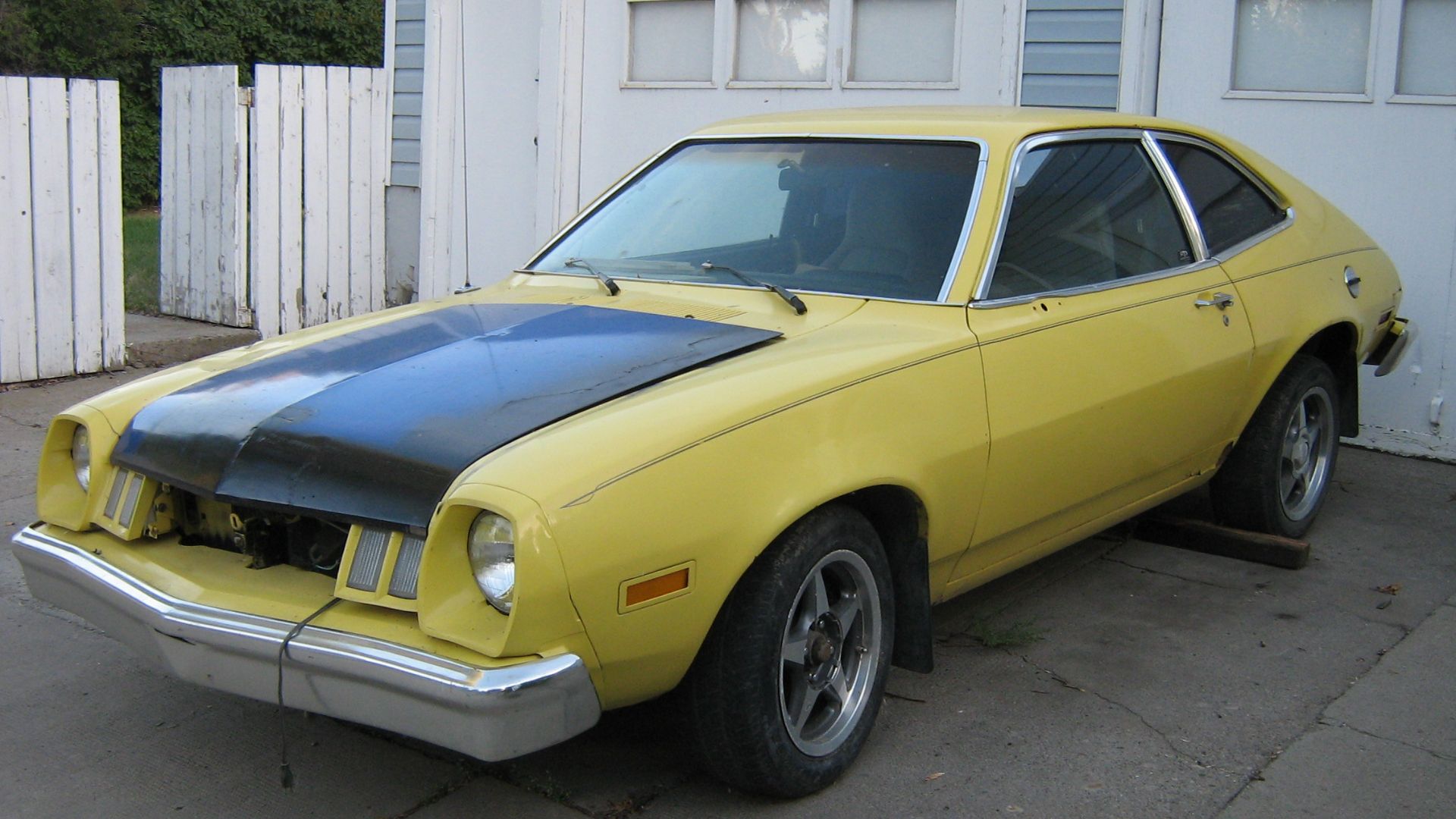 dave_7 from Lethbridge, Canada on Wikimedia
dave_7 from Lethbridge, Canada on Wikimedia
8. Vauxhall Tigra And Corsa: Had Loose Front Seats In 2001
Buckle up—or maybe don't—because Vauxhall had a wild ride with seat stability in 2001. These compact cars came with an unexpected feature: seats that thought mobility was their middle name. Mechanical stress tests revealed manufacturing inconsistencies in seat mounting brackets, allowing front seats to literally shift while driving.
9. Bentley Arnage: Wheels Detached In 2007
Luxury met terror when Bentley's prestigious Arnage model developed a wheel detachment problem that read like a mechanic's worst nightmare. There were microscopic structural weaknesses in wheel hub designs. Besides, owners discovered their multi-hundred-thousand-dollar vehicles were prone to losing wheels at highway speeds.
10. GM Chevrolet Cobalt: Ignition Switch Failed In 2009
The GM Cobalt ignition switch became an infamous symbol of automotive negligence. Forensic engineering analyses exposed critical tolerance issues where slight movements could unexpectedly shut off engines mid-drive, simultaneously disabling power steering and airbag systems. GMC then opened an investigation into the 2010 Cobalt, resulting in a redesign.
 2009 Chevrolet Cobalt LS by Independent Auto Sales
2009 Chevrolet Cobalt LS by Independent Auto Sales
11. Suzuki Celerio: Brake Pedals Failed At Speed In 2015
In February 2015, Suzuki recalled its new Celerio car in the UK, Ireland, Australia, and New Zealand after brake problems were uncovered during UK testing. Autocar and What Car? Magazines reported brake failure during testing. The brake pedal retraction system was found to be too sensitive.
 TuRbO_J from Adelaide, Australia on Wikimedia
TuRbO_J from Adelaide, Australia on Wikimedia
12. Ferrari 458: Fire Issues And Boot Problems In 2010
Due to a potentially disastrous design issue involving heat-sensitive adhesive materials in the engine compartment, Ferrari's 458 Italia gained notoriety. Certain manufacturing adhesives could catch fire at high temperatures, posing a serious fire hazard. In order to resolve the safety concern, Ferrari replaced important engine compartment components.
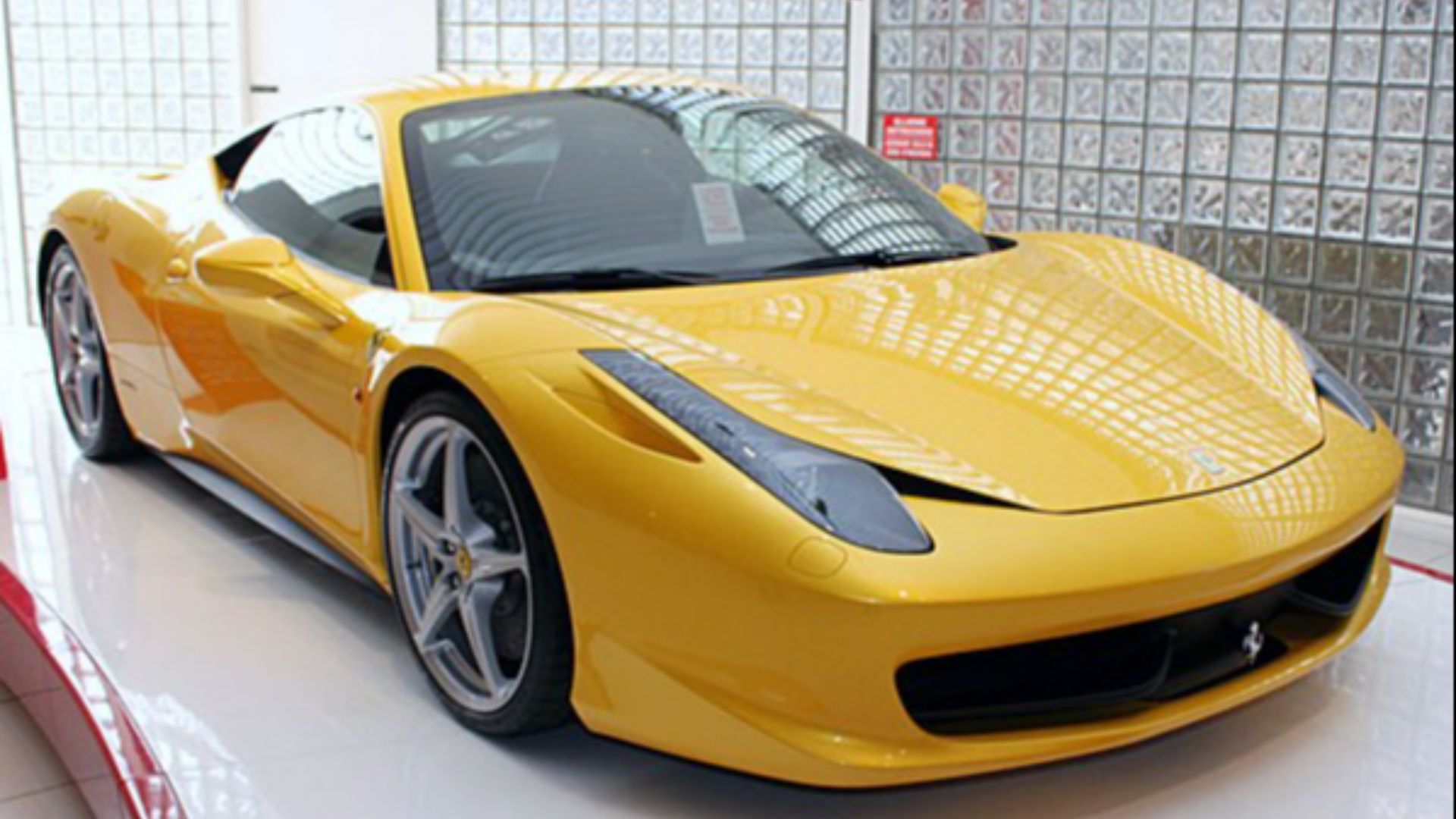 Anthony Joh from Bangkok, Thailand on Wikimedia
Anthony Joh from Bangkok, Thailand on Wikimedia
13. Honda Jazz: Electrical Faults In 2010
Even reliable, compact cars can become problematic when electrical systems go rogue. The Honda Jazz became a prime example of how manufacturing tolerances could craft catastrophic failures. Its wiring harness defects allowed moisture intrusion and short-circuiting in critical electrical components. The problem compromised multiple vehicle systems, including engine management.
14. Toyota: Floor Mats Trapped Gas Pedals In 2010
A seemingly minor incompatibility became a major safety crisis for Toyota. Drivers could not lower their speed because of the geometric interactions produced by oversized all-weather floor mats that could trap accelerator pedals. Several acceleration accidents were caused by floor mat designs interfering with pedal systems.
15. Porsche Cayenne: Headlights Detached In 2012
Imagine driving a luxury SUV when your headlights decide to take an unexpected vacation. Microscopic welding failures in Porsche Cayenne mounting brackets caused conditions where entire lighting units could detach during vehicle operation. Apparently, Porsche offered to replace the headlight locking assemblies of affected vehicles.
16. Mini Cooper S: Water Pump Fire Risk In 2012
When coolant becomes a potential arsonist, even compact cars can turn dangerous. Mini Cooper S models demonstrated a critical vulnerability in cooling system design. Manufacturing tolerances allowed coolant leakage directly onto hot engine components, building fire initiation points.
17. Mercedes M-Class: Floor Mats Trapped Pedals In 2012
Sometimes, the simplest elements bring the most challenging problems. The brand discovered a mechanical interaction problem similar to earlier Toyota issues. It was mentioned that the gas pedal might stay depressed since the floor mats would not fit the floor's curves.
18. BMW 5 And 6 Series: Battery Cable Fire Risk In 2013
Electrical systems shouldn't double as pyrotechnic displays, but BMW owners learned otherwise. If the battery cable cover was incorrectly mounted, the electrical system could malfunction, not allowing the vehicle to start, causing charring, or even a fire. BMW then chose to replace the part free of charge.
19. Volkswagen: Gearbox And Light Fuse Issues In 2013
Here’s what happens when multiple vehicle systems decide to fail simultaneously. Manufacturing analyses by Bosch engineering consultants exposed precise design inconsistencies that could compromise critical vehicle control systems. Volkswagen recommended that mineral oil be used in dual-clutch gearboxes instead of synthetic oil.
20. Aston Martin: Accelerator Pedal Problems In 2014
Aston Martin encountered an issue with the accelerator pedal arm, which had been produced by a supplier in China using the wrong material. As a result, the pedal could break and make the engine return to idle. Also, the driver would be unable to maintain or increase speed. Aston Martin then moved production of the part to Great Britain.


